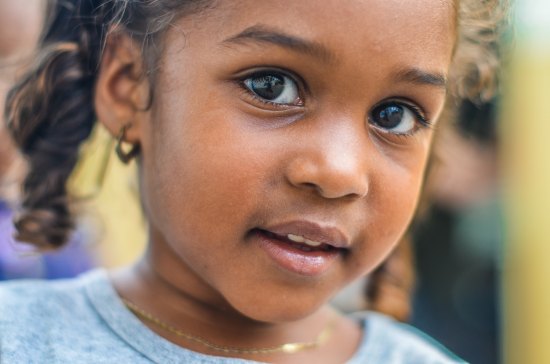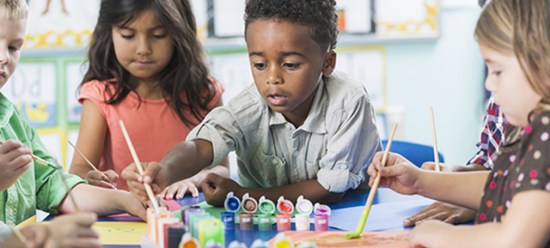When a teacher is able to instill a growth mindset in his or her students, it can help temper the impacts of poverty, and lead to a lifetime love of learning. This common goal, however, is not as easy to achieve in our urban communities when some of our children cannot see beyond their current struggles. When 80% of America’s teachers are white and 26.3 million students are of color, students have less access to role models that look like them, and have less opportunity to be empowered through their education. Limited resources limit horizons, but the influence of culturally responsive teaching is able to encourage the development of a growth mindset in our urban children, bridging the exposure gap between urban students and their more affluent peers.
- About
- Authors
- Back to School Blog Series
- Blog Series on Parenting & Discipline
- Blog Series on Race, Racism, and Law Enforcement in Communities of Color
- Blog Series on Talking to Kids about Race and Ethnicity
- Blog Series on Violence Against Women and Girls
- Copyright
- Disclaimer
- Get Involved
- We’re Psyched!
- Welcome





